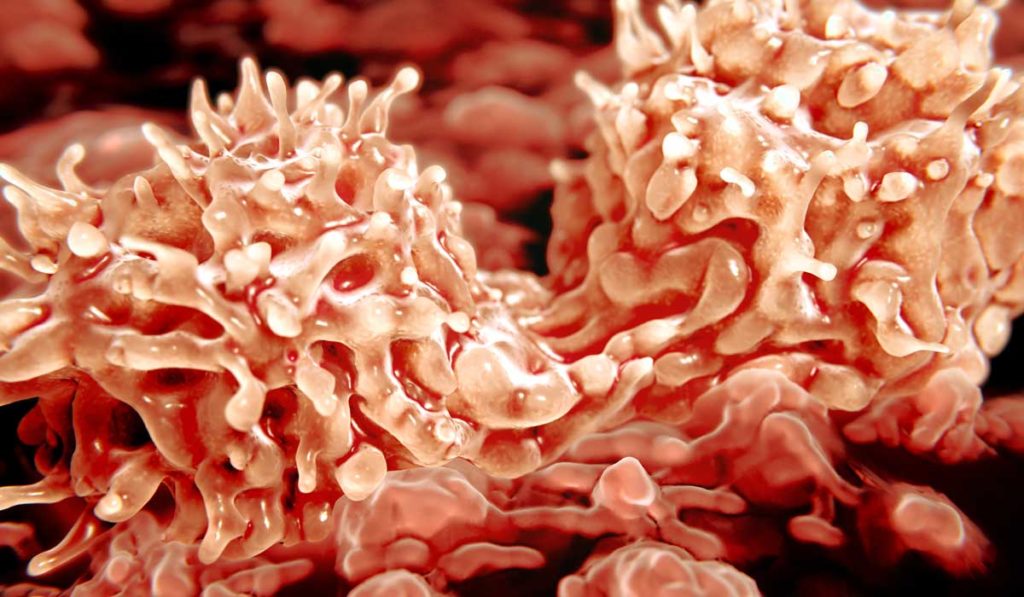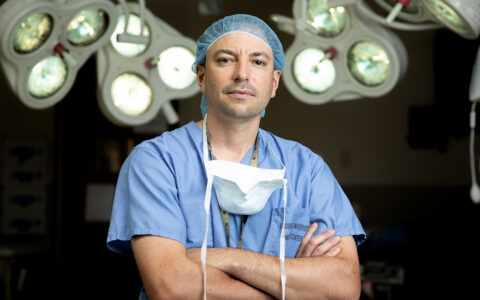An international study presented at this year’s American Society of Hematology Annual Meeting and Exposition compared two common approaches designed to prepare patients for life-saving stem cell transplant.
Patients with acute lymphoblastic leukemia (ALL) who receive a stem cell transplant from a half-matched donor (haploidentical allogenic stem cell transplantation) must first undergo conditioning – a process that depletes their bone marrow of normal and diseased cells to make room for healthy transplant cells. There are two primary conditioning protocols: total body irradiation and chemotherapy-based myeloablation, said Bhagirathbhai Dholaria, M.B.B.S., assistant professor of hematology and oncology at Vanderbilt University Medical Center.
Dholaria led the study to determine which conditioning protocol is better for ALL patients with half-matched donors. He and colleagues from the Acute Leukemia Working Party of the European Society for Blood and Marrow Transplantation (EBMT) conducted the largest analysis to date of patients in this group. Their potentially practice-changing study indicates that total body irradiation was associated with a better leukemia-free survival and lower mortality.
“The intensity of a conditioning regimen has significant impact on outcomes of allogeneic hematopoietic cell transplant in acute leukemia,” wrote the researchers. “These novel findings based on a large cohort of ALL patients, support the use of total body irradiation.”
Study Design
The retrospective study included 427 ALL patients from the EBMT database who underwent haploidentical stem cell transplantations from 2010 to 2018. Of that number, 188 received total body irradiation-based (TBI) conditioning and 239 received chemotherapy-based (CT) conditioning. The patients, disease, and transplant-related characteristics were similar in both cohorts.
Dholaria and colleagues reported two-year overall survival and graft-versus-host disease (GVHD) incidences. The majority of patients (64 percent) received cyclosporin with mycophenolate as GVHD prophylaxis.
Total Body Irradiation Favored
The TBI conditioning was associated with significant reductions in two-year non-relapse mortality (19 percent versus 28 percent in the CT group) and improved leukemia-free survival. Graft failure was reported in six (3 percent) and 19 (8 percent) of patients who received TBI versus CT conditioning, respectively.
“TBI-based myeloablative conditioning might be a better choice in ALL patients.”
The results provide important guidance for oncologists faced with helping ALL patients choose conditioning regimens. “The results of this study suggest that TBI-based myeloablative conditioning might be a better choice in ALL patients undergoing haploidentical hematopoietic cell transplantation,” Dholaria said. “However, a prospective study is required to validate our findings.”





